Piriformis Syndrome vs. Sciatica – What’s the Difference?


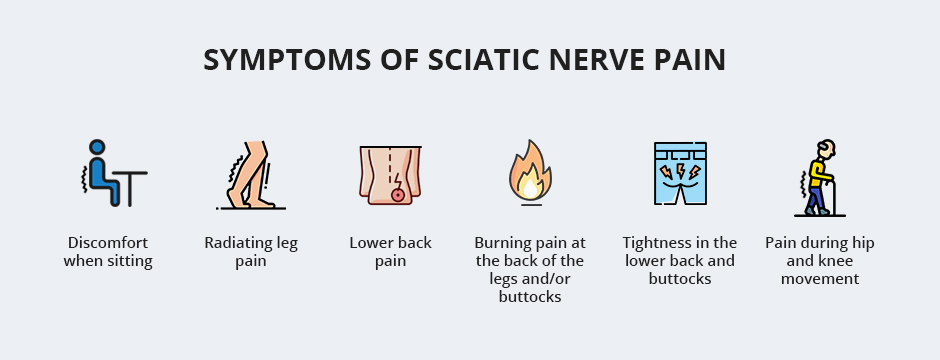
If you’ve ever experienced lower back and leg pain, you might have heard, or even self-diagnosed yourself, with piriformis syndrome or sciatica. While both are common, they are also distinctly different, stemming from different origins and require different approaches to management. If you are experiencing pain, it’s crucial to understand the differences between piriformis syndrome and sciatica through an accurate diagnosis and an effective treatment plan:

Author / Lauren
UP Medical
Piriformis Syndrome
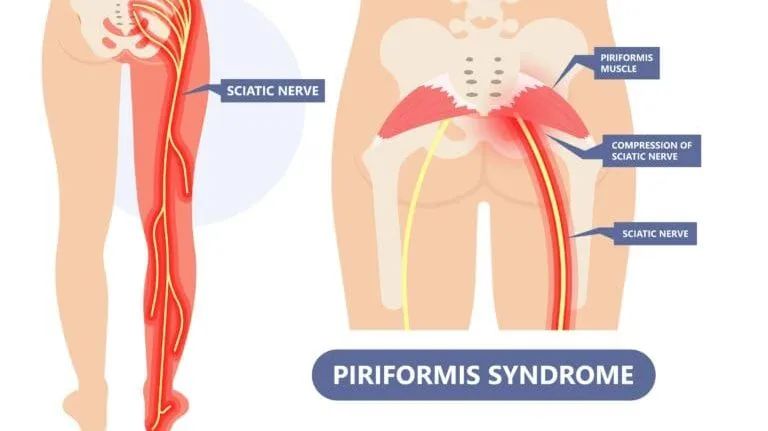
The piriformis muscle, located in the buttocks, plays a pivotal role in hip rotation and stability. Piriformis syndrome occurs when this muscle becomes tight or spasms, leading to compression of the sciatic nerve. The sciatic nerve, the largest nerve in the body, runs from the lower back through the buttocks and down the back of each leg, branching into smaller nerves along the way.
Symptoms of piriformis syndrome often mimic those of sciatica and may include:
Buttock Pain: Persistent pain in one buttock, often exacerbated by prolonged sitting or activities that involve hip movement.
Radiating Pain: Pain that radiates down the back of the leg, following the path of the sciatic nerve. However, unlike sciatica, which typically affects the entire leg, piriformis syndrome tends to cause pain in a more localized area.
Numbness and Tingling: Sensations of numbness, tingling, or muscle weakness in the affected leg, particularly when walking or engaging in physical activity.
Sciatica
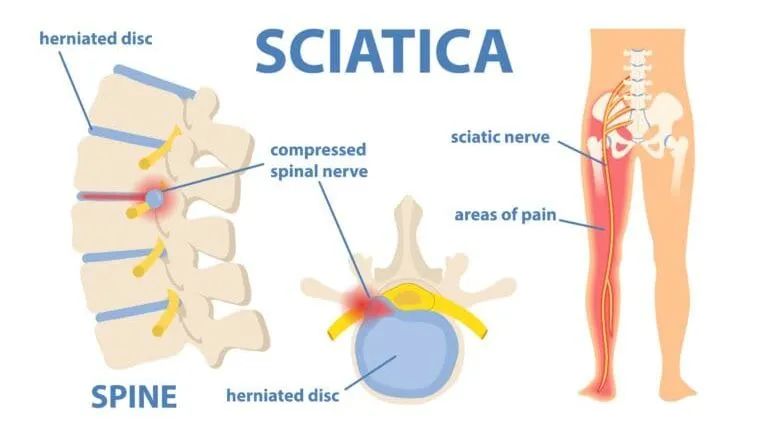
Sciatica, on the other hand, refers to pain that radiates along the sciatic nerve, typically caused by compression or irritation of the nerve roots in the lumbar spine (lower back). It can result from various underlying conditions, such as a herniated disc, spinal stenosis, or degenerative disc disease.
Key features of sciatica include:
Lower Back Pain: Sciatica often begins with sharp, shooting pain in the lower back, which then travels down one leg. The pain may intensify with certain movements, such as bending or twisting.
Leg Pain: The pain associated with sciatica typically extends from the lower back through the buttocks and down the back of the thigh, calf, and sometimes into the foot.
Symptoms Along the Entire Path: Unlike piriformis syndrome, which tends to cause pain localized to the buttock and upper thigh, sciatica affects the entire length of the sciatic nerve, leading to symptoms that may extend all the way to the foot.
So how does one distinguish between the two?
While piriformis syndrome and sciatica share similarities in symptoms, certain features can help differentiate between the two:
Origin of Pain: In piriformis syndrome, the pain is primarily localized to the buttock region and may radiate down the back of the thigh. In sciatica, the pain originates in the lower back and travels down the entire length of the leg.
Underlying Cause: Piriformis syndrome is often attributed to muscle dysfunction, such as tightness or spasms in the piriformis muscle, whereas sciatica is typically caused by compression or irritation of the sciatic nerve roots in the spine.
Diagnostic Tests: Imaging studies, such as MRI or CT scans, can help identify structural abnormalities in the spine indicative of sciatica. However, piriformis syndrome may not always be evident on imaging tests, making it a diagnosis of exclusion based on clinical evaluation and physical examination findings.
What should you do if you think you are suffering from one or the other?
Firstly, it’s important to get seen by a physical therapist to make sure that the diagnostic and treatment plan is correct for you and your pain, and not the result of some underlying cause. Often where you feel the pain, is not where the pain is coming from – and it’s important to undergo a thorough assessment to make sure you are treated correctly and your plan of care won’t aggravate other areas.
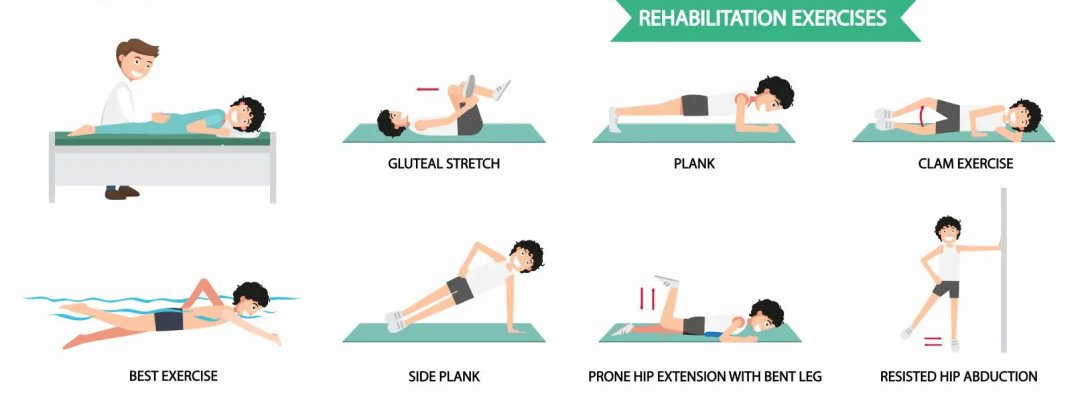
Treatment for piriformis syndrome and sciatica may overlap but often involves different strategies tailored to address the underlying cause:
Piriformis Syndrome: Treatment for piriformis syndrome focuses on relieving muscle tension and reducing pressure on the sciatic nerve. This may include stretching exercises, physical therapy, and anti-inflammatory medications.

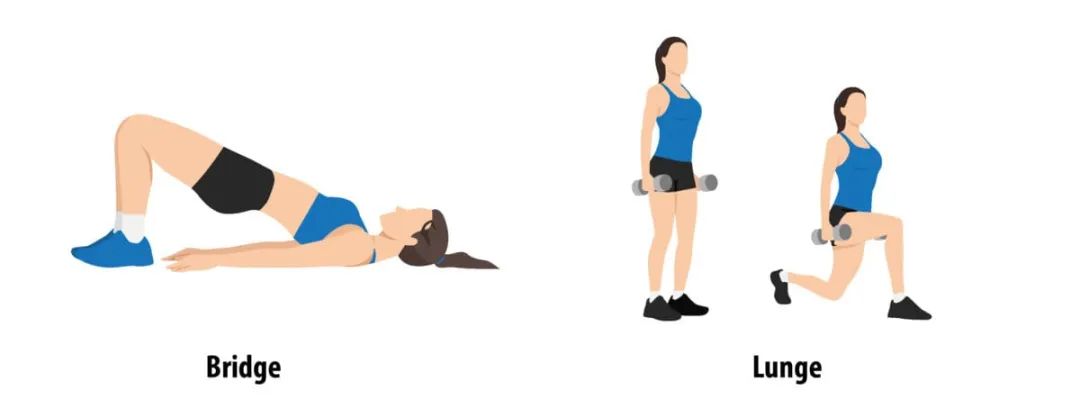

Sciatica: Management of sciatica depends on the underlying condition causing nerve compression. Options may include rest, pain medications, physical therapy, chiropractic care, or in some cases, surgery to address structural issues such as herniated discs or spinal stenosis.
Both Piriformis syndrome and sciatica are relatively common – so don’t fret if you feel you might have one or the other – there are treatment options for both! While both conditions can cause discomfort along the sciatic nerve pathway, understanding their differences is crucial for accurate diagnosis and targeted treatment. Whether it’s muscle dysfunction or spinal nerve compression, seeking help from an UP physical therapist and following appropriate interventions can help individuals find relief and regain mobility on their journey to recovery.

本篇文章來源于微信公衆号: 上海優複康複醫學門診部

